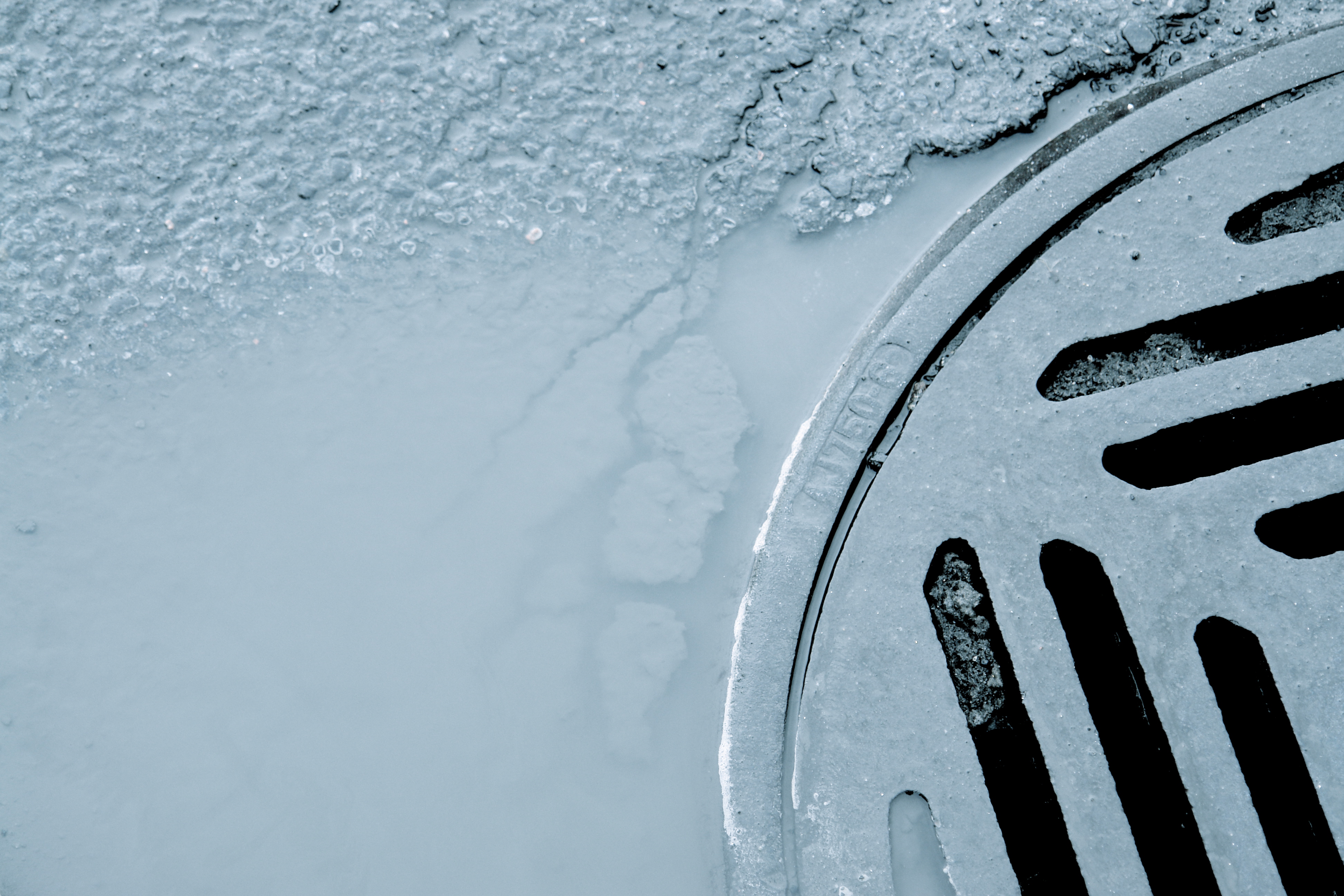By Conventina
I just posted a photo on Facebook of myself when I was about 4 years old. I was all wrapped up in my snow suit with shovel in hand. Things haven’t changed much. We are used to this by now—it’s winter in New England. It’s cold. The storms keep coming. We plow the driveway. We shovel the walkway and when it’s icy we salt it and chip away. Then we go inside, pour some tea and sit in front of the fireplace. There is a certain calm, beauty and solace to this routine.
But wait! Now I can’t use salt to melt the ice? Recently I read that over 20 million tons of salt are used to clear U.S roads each winter. That’s a lot of salt. It dissolves in water so it ends up as runoff in our streams and rivers or ends up in the groundwater or it ends up stored in soils.
Chris Swan, assistant professor in the Environmental Sciences department at the University of Maryland says that we’re starting to see a rise in the average and peak salt concentrations in our drinking water. One recent National Academy of Sciences study shows that salt concentration in fresh water is on the rise in Maryland, New Hampshire and New York due to road salting and could make groundwater in many areas of the Northeast un-drinkable within a century.
Swan says frogs exposed to salt feed much more intensely during development, and this could make them easy prey in the wild, although it’s too soon to tell what this might mean for survival rates, or breeding. Amphibians are indicator species for freshwater ecosystems, but Swan says you’ve got to look to the smaller members of the aquatic food chain to get the big picture.
Sadly, there’s another issue…zooplankton. These are tiny invertebrates that swim around the water feeding on algae. If salt kills zooplankton, it does not just make the water green and scummy; it could also mean that larger predators, like many species of fish that feed on zooplankton go hungry. Talk about effecting the ecosystem, this is scary!
It is a dilemma because snow removal is a critical part of the public safety issue. Over 115,000 accidents happened under winter driving conditions in 2006. But a growing number of scientists, like Christ Swan, are calling for smarter salting techniques because the effects of adding over 20 million tons of salt to the environment each winter is devastating.
Salt is still the cheapest and most readily available de-icer, but some cities and towns have found alternatives. Akron, Ohio uses beet juice as a de-icer, and some towns in Connecticut and New York add high fructose corn syrup and molasses to their salt. This keeps roads safer for both the motorists and the frogs.
I ‘m not quite ready to raid my pantry for beets and molasses and corn syrup, but I am willing to change my routine a bit. I’ll shovel and chop and wait for the sun to melt the ice. I’ll tread more carefully in the name of the frogs and the fish and the tiny zooplankton. It’s almost spring.



